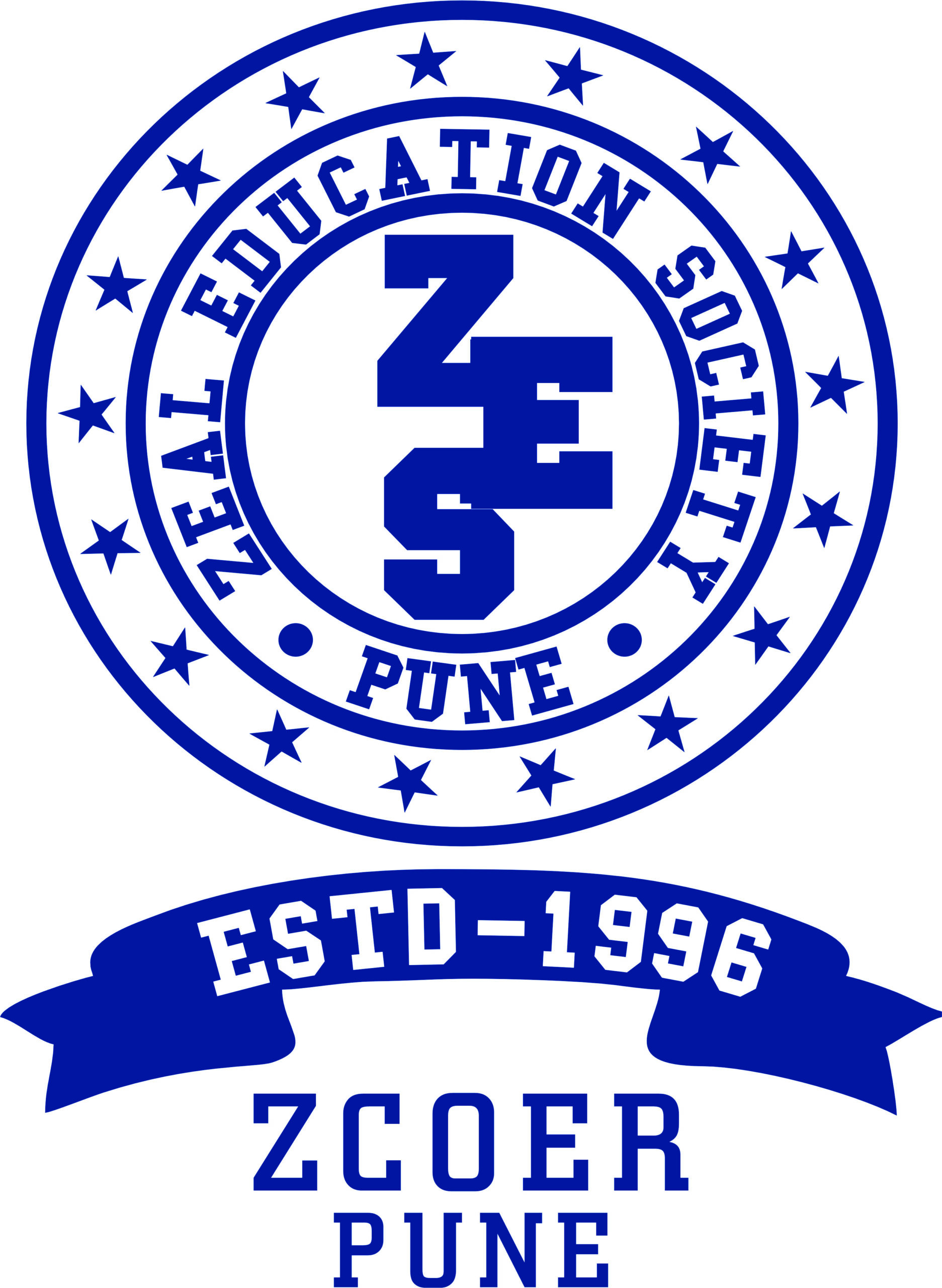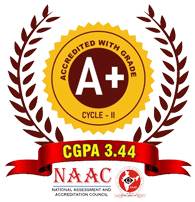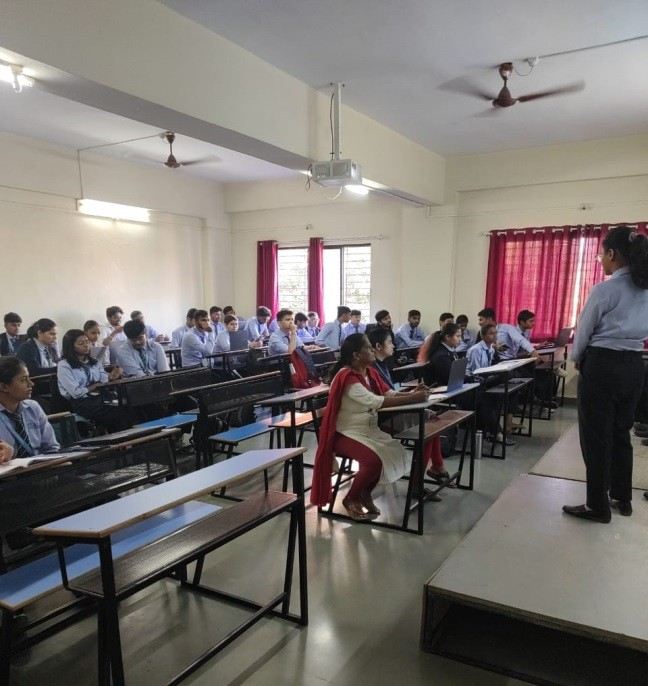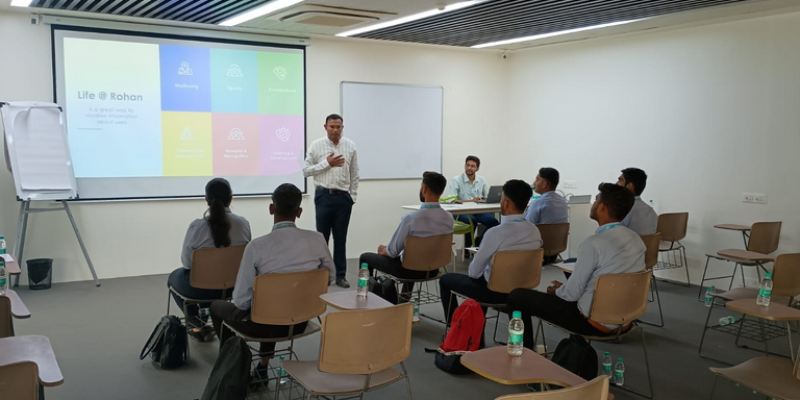Computer Engineering
- Computer Engineering
- About Department
- From HOD Desk
- Vision & Mission
- PEO & PSO, PO & CO
- Autonomy Constitution
- Faculty Profile
- Lab Facilities
- Innovations in Teaching – Learning
- Research & Publication
- Skill Development
- Faculty Achievement
- Students Achievement
- Student Association
- Placement and Internship
- Center of Excellence
- Life @ Computer
- Downloads
- Newsletters
Goals:
The Flipped Classroom approach aims to enhance student engagement and learning outcomes by shifting traditional lecture-based teaching to an interactive, student-centered model. The primary goals of this initiative are:
- To encourage active learning by allowing students to explore course materials before class.
- To improve conceptual understanding through interactive discussions and problem-solving activities during class.
- To leverage digital tools for providing a flexible and accessible learning experience.
- To foster critical thinking and collaboration among students.
Use of Appropriate Methods:
To implement the Flipped Classroom effectively, the following methodologies are adopted:
a) Pre-Class Preparation:
- Students are provided with digital resources such as video lectures, reading materials, and online quizzes through the Learning Management System (LMS).
- Pre-class assignments are given to assess prior understanding.
b) In-Class Activities:
- Interactive sessions including problem-solving, peer discussions, case studies, and hands-on exercises.
- Faculty act as facilitators, guiding students in applying concepts rather than delivering one-way lectures.
c) Post-Class Reinforcement:
- Additional assessments, group projects, and self-evaluation exercises to reinforce learning.
- Feedback sessions to address student concerns and clarify concepts.
Significance of Results:
The implementation of the Flipped Classroom method has led to several positive outcomes:
- Improved Student Engagement: Students participate more actively in discussions and collaborative tasks.
- Enhanced Understanding of Concepts: A significant improvement in conceptual clarity and problem-solving abilities.
- Better Performance: Increased student performance in assessments and project-based evaluations.
- Higher Retention Rate: Concepts are retained longer due to the application-based learning approach.
- Development of Self-Learning Skills: Encourages students to take responsibility for their own learning and develop independent study habits.
Effectiveness:
The Flipped Classroom model has proven to be highly effective in the Department of Computer Engineering at Zeal College of Engineering and Research. Its effectiveness is evident through:
- Student Feedback: Surveys indicate that students find this approach more engaging and beneficial than traditional lectures.
- Faculty Observations: Instructors have noted increased student participation and better comprehension of complex topics.
- Assessment Results: A measurable improvement in examination scores and project execution.
- Industry Relevance: Helps students develop problem-solving, teamwork, and self-learning skills, which are essential for industry readiness.
Conclusion:
The adoption of the Flipped Classroom model at Zeal College of Engineering and Research has significantly improved the teaching-learning process in the Computer Engineering Department. By leveraging digital tools and active learning strategies, this approach enhances student engagement, conceptual understanding, and overall academic performance. Moving forward, continuous refinement and integration of advanced pedagogical techniques will further enhance the impact of this innovative methodology.
Submit your review | |
1 2 3 4 5 | |
Submit Cancel | |



